Surface Grinding Capabilities: All About What Gunna Engineering Can Do
January 23, 2023The surface grinding machine, with its definition, parts, working, advantages, disadvantages, and applications, will be the topic of today’s in-depth conversation, which will also take place today. However, before we get into it, let’s discuss the grinding process.
How Does the Grinding Process Work?
Grinding is the conventional finish machining process to produce a good surface finish on the components. This finish is achieved using the grinding process. In order to remove the material from the workpiece, the abrasive particles located on the grinding wheel’s surface will function as a single-point cutting tool. Because the abrasive particles used in the grinding wheel have the shape of cubes or rectangles, the cross-section of the chip that is produced will be approximately in the shape of a triangle.
Surface Grinding Machine
A surface grinding machine uses a grinding wheel as a cutting tool to remove material off the surface of the workpiece. This is accomplished by rotating the grinding wheel in a circular motion. It is also known as an abrasive machining method, and it involves placing abrasives on the grinding wheel’s surface and in the corners of the wheel so that the finishing process may be carried out with a much higher degree of precision.
In contrast, the grinding wheel, comprised of several individual abrasive particles, is referred to as a multi-point cutting tool. Each abrasive particle functions as a cutting tool in its own right. The grinding process is one of the finishing procedures commonly recognised because of its capacity to remove material in very small chips, ranging from 0.25 to 0.5 millimetres in size.
Surface Grinding Machine Parts
The following are the fundamental components of a surface grinding machine:
Base
This component not only provides support for the whole assembly but also dampens vibrations caused by the assembly.
Hand Traversing
This traversing wheel is used to modify the worktable longitudinally; more specifically, the worktable may be moved in forwards and backward directions by use of a Hand Traversing Wheel.
Handwheel for the Cross Slide
This handwheel adjusts the worktable in an upward and downward motion so that the workpiece may be in perfect dimension concerning the Grinding wheel.
Work Table
This is where the workpiece is expected to be held correctly.
Column
The wheel head, the Wheel Guard, and the Abrasive Wheel are all placed on the column, which is a vertical column.
Wheel Head
This section of the machine must be raised and lowered for the grinding wheel to come into contact with the workpiece.
Vertical Feed Hand Wheel
This hand wheel feeds the wheel head in a vertical orientation. It also displays the depth of cut from the surface of the workpiece.
Wheel Guard and Abrasive Wheel
A wheel guard is a safety device that protects users by acting as a cover over the grinding wheel. The abrasive wheel is the primary instrument that is utilised in the process of removing material from the surface of the workpiece. Because it is covered in abrasives, the level of precision that may be achieved is exceptionally high.
Coolant
A coolant is used in the Surface Grinding Process to cool the work zone. This is done so that heat cannot be dispersed into the workpiece and the grinding wheel.
Contact us for all your tooling and general engineering needs.
Optimized by: Netwizard SEO


